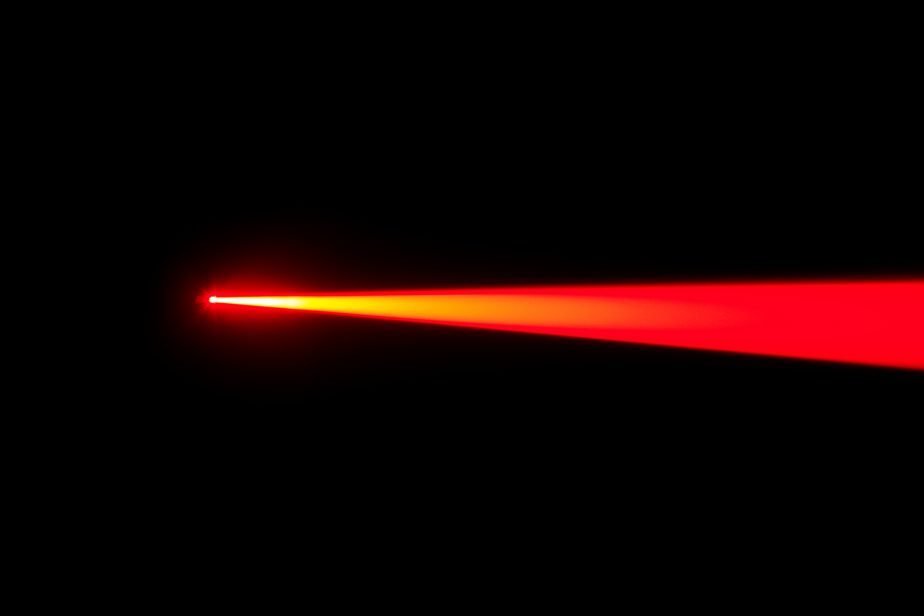
Extreme Deformation at Ultrafast Timescales
Shock compression is a growing area of research in which materials are deformed by supersonic pressure waves under extremely fast timescales. Applications include testing industrial and defense materials, developing sustainable energy via nuclear fusion, and simulating the conditions of meteor impacts.
In the Dresselhaus-Marais group, we utilize powerful lasers together with the brightest X-ray sources in the world to send shock-waves through materials and observe their dynamic response over nanoseconds. Along with the widely used X-ray diffraction (XRD), we are bringing imaging techniques such as X-ray phase-contrast radiography and X-ray topography into the world of shock compression. Each of these techniques can give us a unique picture of how dislocations, grain boundaries and other features move and interact in response to the shock-wave, which squeezes the material down to pressures of millions of atmospheres in an instant.
As part of our work with CAMCSE (Center for Additively Manufactured Complex Systems Under Extremes), we are studying the shock behavior of additively manufactured high entropy alloys—in collaboration with Wen Chen at the University of Massachusetts-Amherst and Yogesh Vohra at the University of Alabama-Birmingham. These alloys are simultaneously strong and ductile, due to their complex elemental compositions, nano-lamellar texture and far-from-equilibrium phase compositions. Studying their response to shock compression can help uncover whether these unique properties carry over into the realm of extreme conditions.

